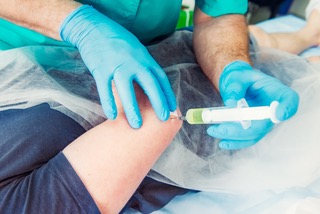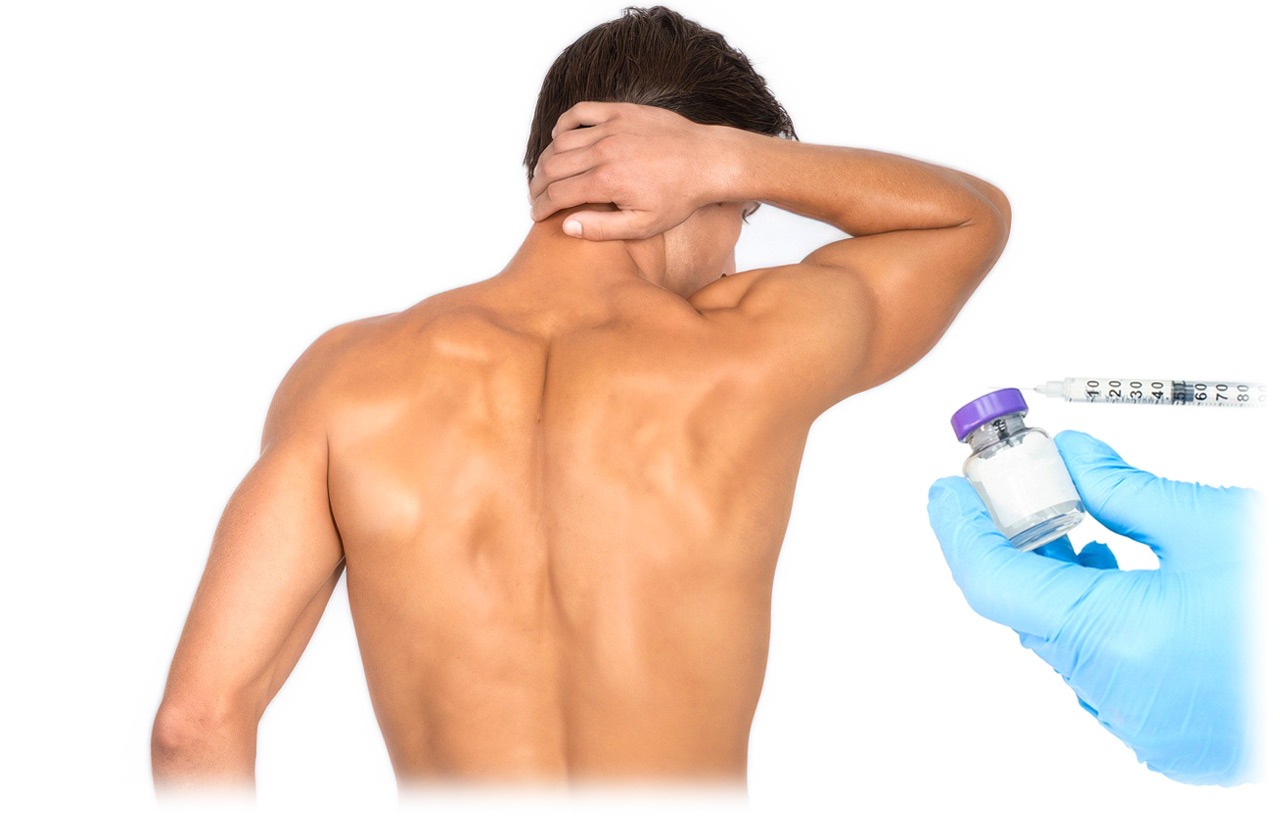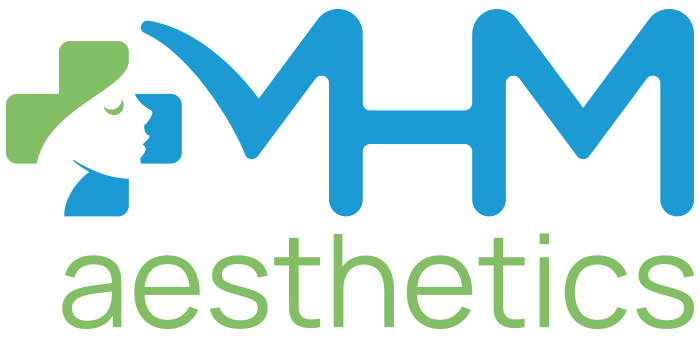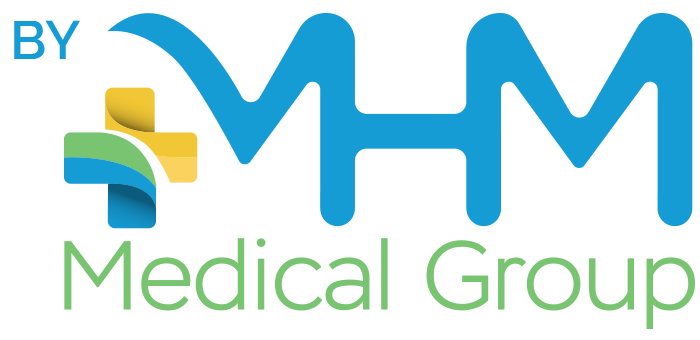
What Are PRP Joint Injections?

Platelet-Rich Plasma (PRP) therapy is a regenerative treatment that uses the healing components of your own blood to repair damaged tissues and reduce inflammation.
After drawing a small sample of your blood, platelets and growth factors are concentrated and injected into the affected joint, where they stimulate natural healing and regeneration.
PRP is a popular option for patients seeking a non-surgical, natural approach to managing joint pain.
How PRP Promotes Healing
Platelets are best known for helping blood clot, but they also release powerful growth factors that trigger cell repair.
When injected into an injured or arthritic joint, PRP:
-
Encourages new tissue growth
-
Reduces inflammation
-
Improves joint lubrication
-
Supports long-term healing rather than just masking pain
This process helps restore mobility and comfort in a way traditional pain treatments cannot.
What Conditions Can PRP Treat?
PRP joint injections can help with a wide range of musculoskeletal conditions, including:
-
Osteoarthritis (knee, hip, or shoulder)
-
Tendon and ligament injuries
-
Meniscus tears
-
Sprains and strains
-
Plantar fasciitis
-
Golfer’s or tennis elbow
-
The PRP Procedure: What to ExpectChronic joint pain
If you’ve tried other treatments without lasting relief, PRP may be a suitable next step.
The PRP Procedure: What to Expect
Your PRP treatment is performed in-office and typically takes about one hour:
- A small blood sample is drawn.
- The blood is processed in a centrifuge to separate and concentrate platelets.
- Using ultrasound guidance, the PRP is precisely injected into the affected joint.
A local anesthetic ensures comfort during the injection. Mild soreness may occur afterward, similar to post-workout stiffness, and usually resolves within a few days.
Recovery and Results
Most patients resume light activity within 24–48 hours.
You may notice gradual improvement in pain, flexibility, and strength over 2 to 6 weeks, with continued progress for several months as healing continues.
A typical treatment plan includes 1–3 sessions, spaced several weeks apart, depending on your condition and response.
Safety and Side Effects
Because PRP uses your own blood, it is considered very safe — with no risk of allergic reaction or disease transmission.
Minor temporary effects can include:
-
Mild pain or swelling at the injection site
-
Temporary tightness or warmth in the treated joint
Serious complications are extremely rare, and the risk of infection is minimal.
Who Is (and Isn’t) a Candidate for PRP
PRP therapy is suitable for most adults experiencing chronic joint pain or soft tissue injuries.
However, it may not be recommended if you have:
-
Low platelet count
-
Severe anemia
-
Active infection
-
Certain cancers or blood disorders
Your provider will review your medical history to ensure PRP is safe and effective for you.
Schedule your consultation to find out if PRP therapy is right for you and take your first step toward lasting relief.



